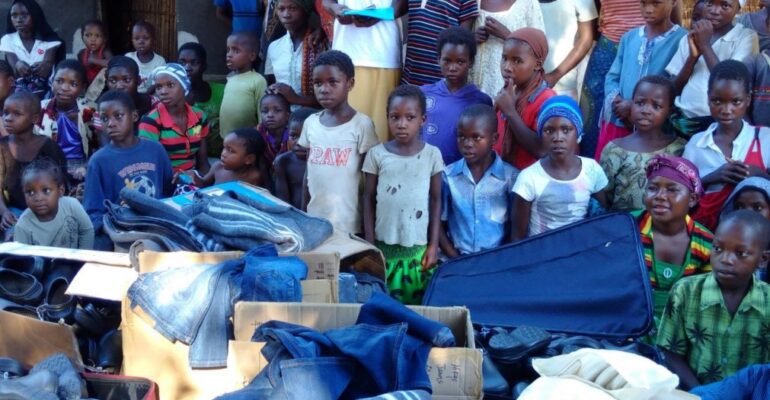
Discover the key reasons why Malawi is not developing. Learn about the economic, political, and social barriers slowing down Malawi’s growth—and what can be done about them.
Why is Malawi famous?
Malawi, known as the Warm Heart of Africa, is a nation full of potential—rich in culture, community, and natural resources. But despite these strengths, the country remains one of the poorest countries in the world.
What is the ranking of Malawi in poverty? Well, Malawi is the fourth poorest nation on earth by GDP per capita purchasing power parity according to the 2025 Forbes India report. So why is Malawi not developing at the pace of other nations?
In this blog, we’ll explore five major factors contributing to Malawi’s slow development and what needs to change to move forward.
1. 💰 Widespread Poverty and Economic Dependence
Over 70% of Malawians live below the international poverty line (World Bank, 2023). Have you guessed what is the most common job in Malawi?
Malawi’s economy depends heavily on agriculture—mainly subsistence farming—which is extremely vulnerable to climate-related disasters like floods and droughts. This lack of economic diversification makes it hard for the country to grow and compete globally. The negative effects of unemployment are profound: youth unemployment in Malawi stands at 27.5% for those aged 15 to 24 years and 23.0% for those aged 15 to 34 years.
2.  Weak Infrastructure
Weak Infrastructure
Infrastructure plays a huge role in development, but Malawi suffers from poor road networks, limited access to electricity, and slow internet. According to the African Development Bank, only 11% of the population has electricity—a figure that severely limits industrial and technological progress. Without reliable infrastructure, investment and innovation are nearly impossible.
3. 🏛️ Political Instability and Corruption
Frequent political tension and corruption scandals have long plagued Malawi’s development efforts. In 2022, Transparency International ranked Malawi 110/180 in its Corruption Perceptions Index. While recent elections show hope for democratic resilience, governance issues still remain a huge obstacle to progress.
4.  Failing Education and Health Systems
Failing Education and Health Systems
Malawi’s education system is under-resourced, with a student-to-teacher ratio of 59:1 (UNESCO). This makes quality learning difficult. The healthcare system faces similar issues—with only 0.5 doctors per 10,000 people (WHO, 2023). Both sectors are vital for creating a productive, skilled population—and both are struggling.
5. 👶 Rapid Population Growth
With a fertility rate of 4.2 births per woman (UNDP, 2023), Malawi’s population is growing fast. This puts strain on already stretched public services and natural resources. More people means higher demand for jobs, education, food, and healthcare—all of which are currently in short supply.
🔚 Conclusion: The Path Forward
Malawi’s challenges are complex, but they’re not insurmountable. By focusing on infrastructure development, governance reform, education, healthcare, and climate-smart agriculture, Malawi can start moving toward a more prosperous future.
You can support worthwhile organizations in Malawi working to end poverty. We haven’t received the award for the best NGO in Malawi but we think you should support our work by donating on this link.
✍️ What are your thoughts?
Have ideas or experiences to share about Malawi’s development? Have you reflected on why is Malawi in poverty?
Leave a comment below or share this post to start the conversation. Together, we can spotlight solutions that matter.

One Comment
Empowering communities to break the cycle of poverty requires deliberate and unified efforts. This includes ending financial poverty, promoting good governance, properly managing natural resources and others.
Ufortunately Malawi has not aggresively used its natural resources to end poverty. It appears Kamuzu never wanted the country to prosper on nautal resources for fear they could be used to topple him. The other leaders were either corrupt or incompetent to use them.
The banking sector has not shown willingness to support local cooperatives to tap into the mining sector. They would jump at the opportunity to finance a personal car or a house but turn their backs on a Malawian wanting to engage in a business like mining and manufacturing products like chemical fertilizers which could bring the much needed forex.